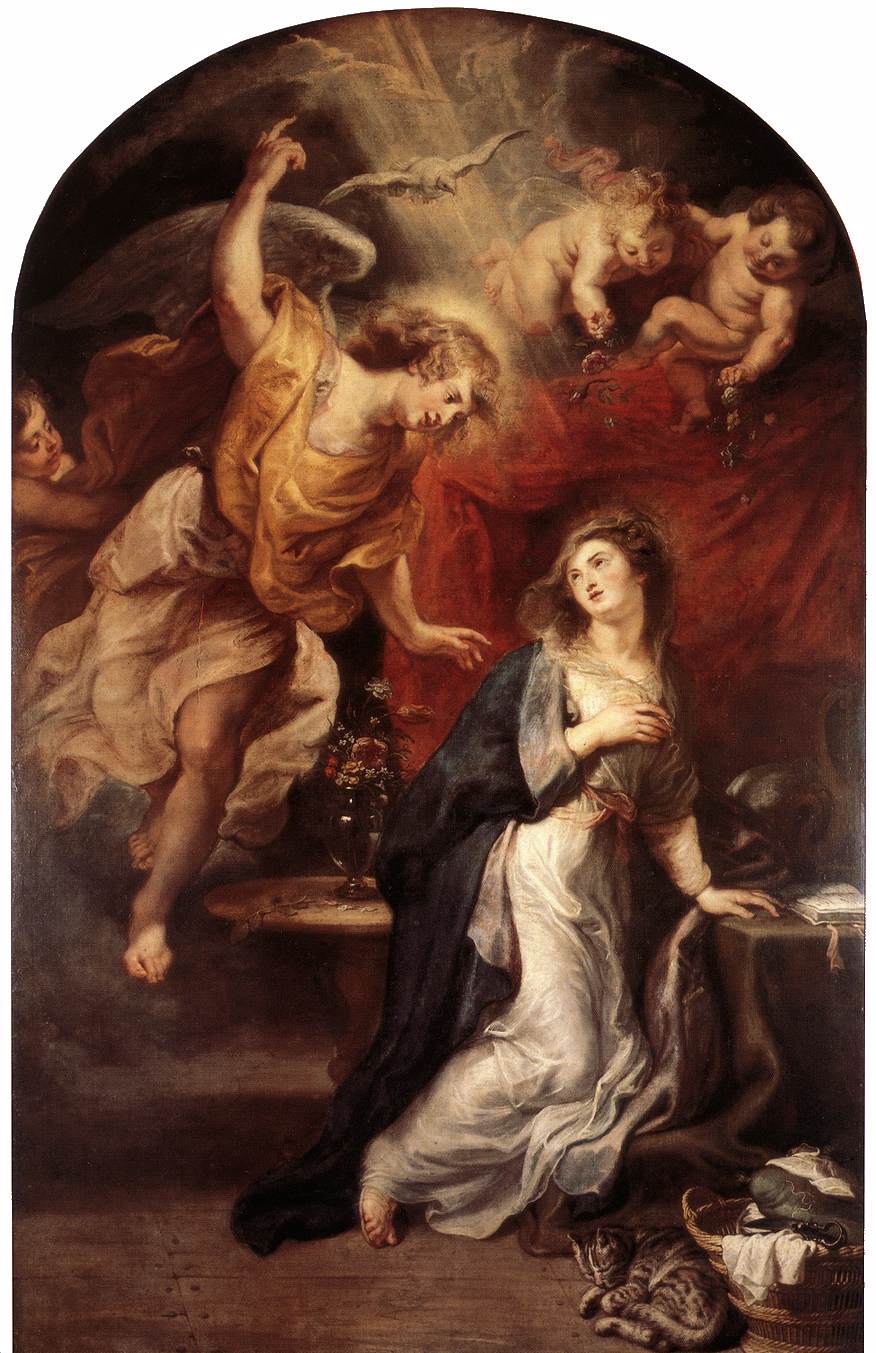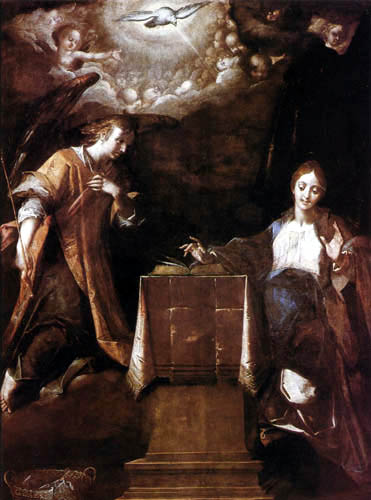
On the Church of England’s calendar (as well as in the Roman Catholic, Lutheran and other liturgical church calendars), Annunciation Day was the holiday (“holy day”) which celebrated the announcement by the Angel Gabriel to the Virgin Mary that she was to bear a son called Jesus who would be the son of God (Luke 1:26-38). It was traditionally celebrated on March 25, nine months before Christmas.
By regency times, Annunciation Day, which was also called Lady Day (the “lady” being the Virgin Mary), occurring around the Vernal Equinox, also was one of the “Quarter Days,” which divided the year into fiscal quarters. Since the spring quarter day had also marked the older New Year, it was the time when landowners and tenants ended and began new contracts, either moving farms or plowing new fields.

In the Book of Common Prayers in the Anglican Church, the Scripture readings for Annunciation Day were Psalm 89 for Morning Prayer (service), and Psalms 131, 132 and 138 for Evening Prayer (service).
Psalm 89, a joyful paean foretelling of a savior, is quite appropriate to this church holy day:

1I will sing of the mercies of the LORD for ever: with my mouth will I make known thy faithfulness to all generations. 2For I have said, Mercy shall be built up for ever: thy faithfulness shalt thou establish in the very heavens.
3I have made a covenant with my chosen, I have sworn unto David my servant, 4Thy seed will I establish for ever, and build up thy throne to all generations. Selah….
I read a lot of the more modern Bible translations, but to me nothing improves on the King James’ English for the Psalms. How about you?
Originally posted 2012-03-30 10:00:00.
Comments are closed.